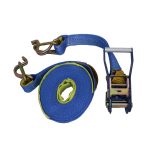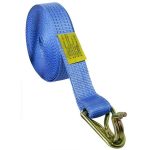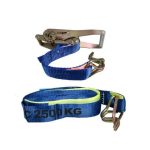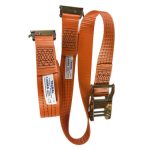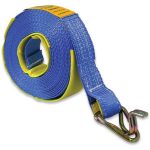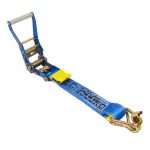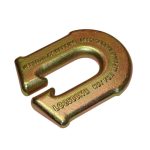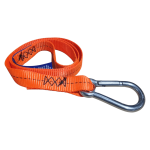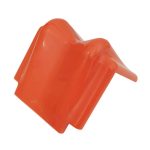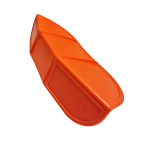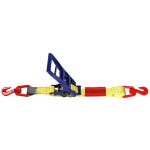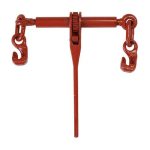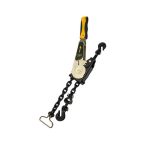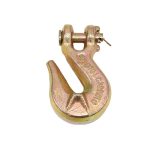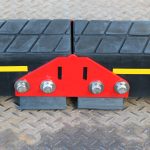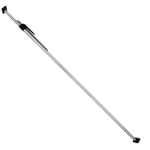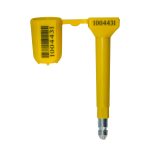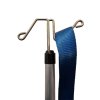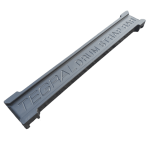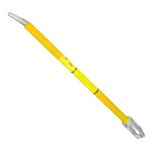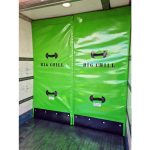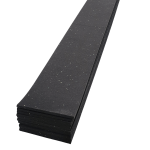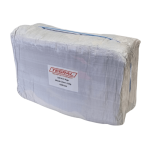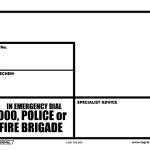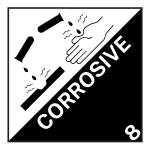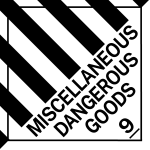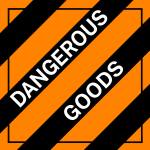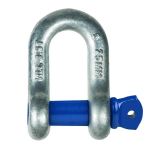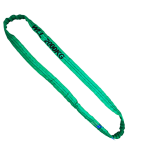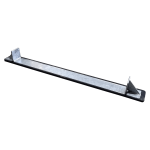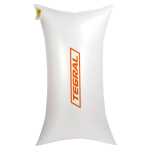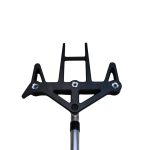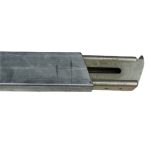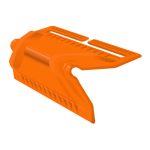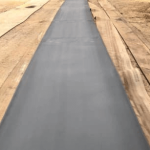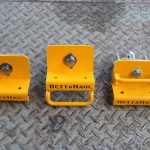We all know that the transportation and the trucking industry is the backbone of Australia, and how important it is to make sure that the delivery process is as safe and effective as possible.
Whether you’re transporting equipment, bricks, furniture, or any other type of freight, proper load restraint is crucial to prevent accidents and ensuring the integrity of your load. We’ve put together a checklist for when you are restraining your load, to make sure that you are complying with industry standards and making sure you and other drivers are safe on the road.
Here are 10 steps for restraining your load:
1. Understand Your Load: Take the time to thoroughly understand the characteristics of your load, including its weight, size, and any potential hazards it may pose during transportation.
2. Choose a Suitable Vehicle: Select a vehicle that is appropriate for the type and size of your load. Ensure that the vehicle’s specifications align with the requirements of your load to minimise risks during travel.
3. Use Suitable Restraint Systems: Employ a restraint system that is specifically designed for your load. Different types of goods may require different restraint methods, so choose wisely to ensure optimal security.
4. Position Your Load for Stability: Properly position your load within the vehicle to maintain stability, steering, and braking capabilities. Distribute the weight evenly and secure any loose items to prevent shifting during transit.
5. Check Vehicle Structures and Equipment: Before loading your cargo, thoroughly inspect the vehicle’s structures and restraint equipment. Ensure that everything is in good working condition and capable of safely securing your load.
6. Stabilise Your Load: Once the goods are loaded onto the truck, take the necessary steps to stabilise them. Use blocking, bracing, or other securing methods to prevent movement and ensure stability throughout the journey.
7. Practice Safe Loading and Unloading: When loading and unloading your vehicle, always adhere to safe work practices. Use appropriate lifting techniques, wear protective gear, and follow established procedures to minimise the risk of accidents or injuries.
8. Use Sufficient Restraint: It’s essential to use enough restraint to keep both yourself and others safe on the road. Don’t cut corners when it comes to securing your load – ensure that it is properly restrained from start to finish.
9. Drive According to Load and Conditions: Be mindful of how your load affects the vehicle’s stability, steering, and braking capabilities. Adjust your driving accordingly, and always remain vigilant, especially when navigating challenging road conditions.
10. Regularly Check Load and Restraints: Throughout your journey, make it a habit to regularly check your load and its restraints. Look for any signs of shifting or loosening and address them promptly to prevent potential hazards.
By following these 10 steps, you can ensure that your load is safely and securely restrained throughout its journey. At Tegral, we’re committed to helping you navigate the complexities of load restraint. We have listed some of our favourite products below that we think are essential for these 10 steps:
https://www.tegral.com.au/product/ratchet-tie-downs-hook-keeper-9m-x-50mm-x-2500kg/
https://www.tegral.com.au/product/high-grade-pallet-angles-la1050-orange/
https://www.tegral.com.au/product/g70-chain-kit-10mm-x-5m-grab-hooks/
https://www.tegral.com.au/product/8mm-chain-load-choker-4000kg/
https://www.tegral.com.au/product/heavy-duty-plywood-pallet-divider/
https://www.tegral.com.au/product/friction-mat-2400-x-100-x-8mm/
Stay safe on the road, and remember, proper load restraint will make your life, loads easier.




